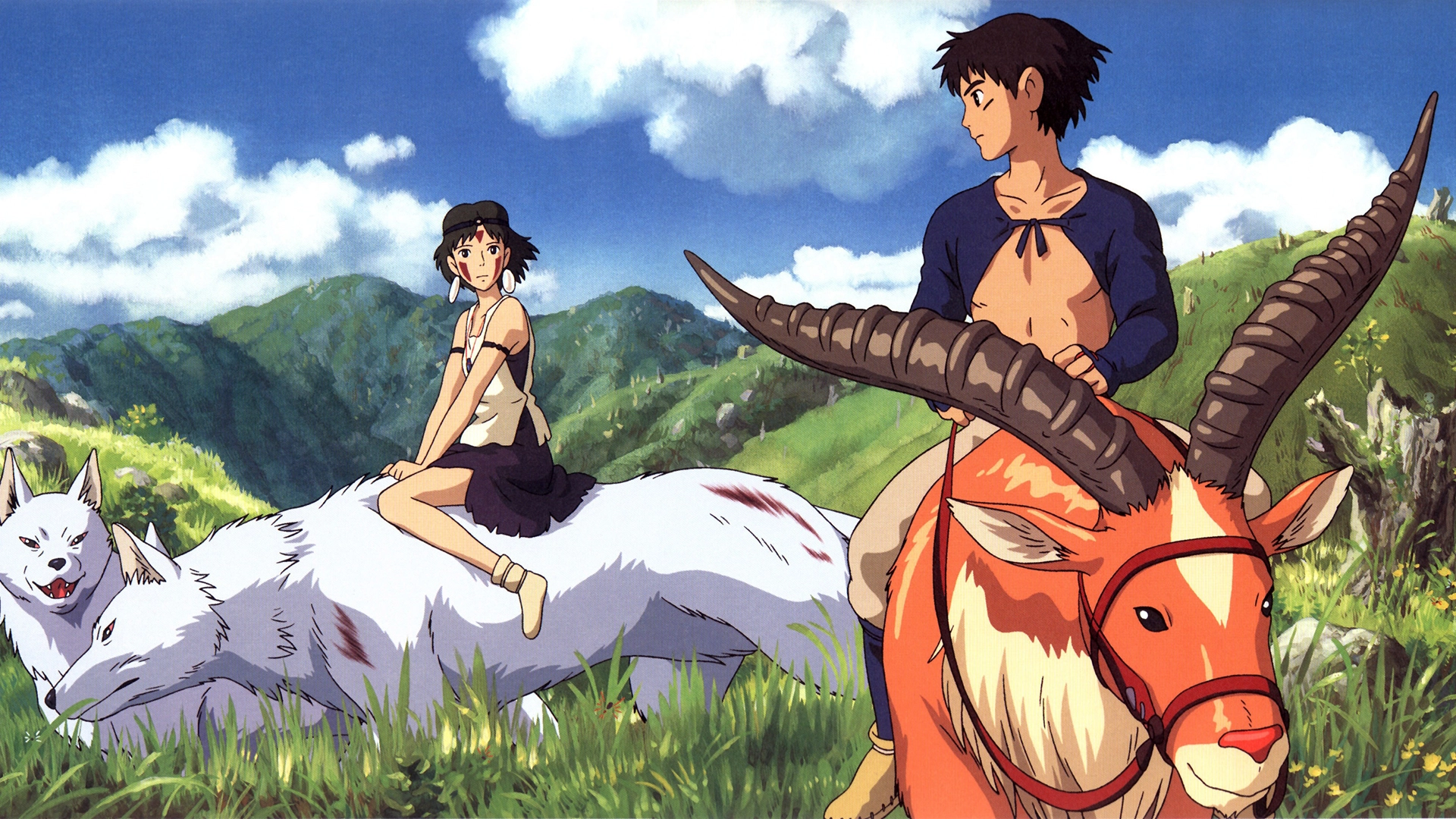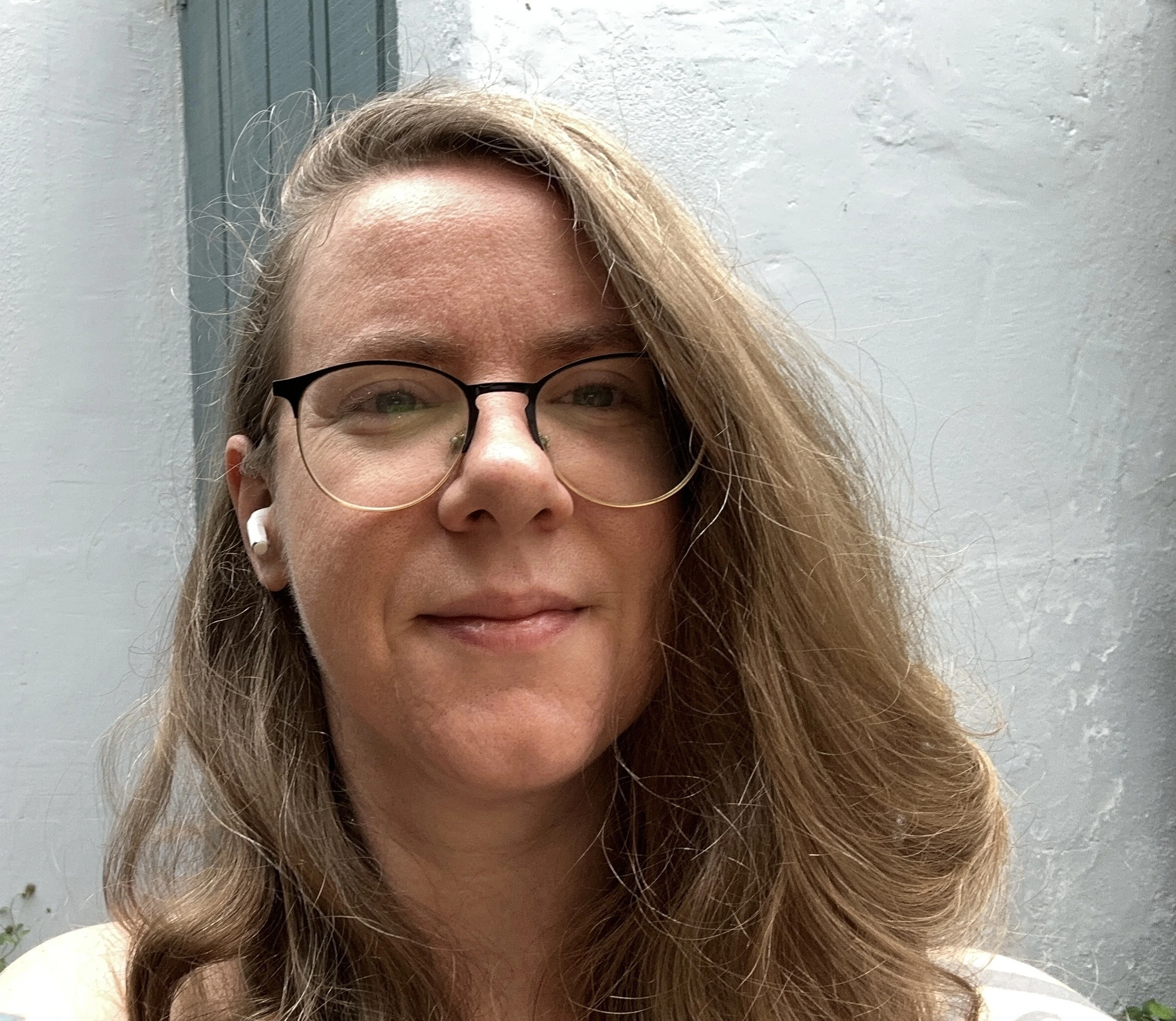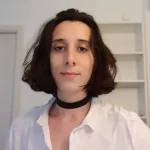
Image by Mangoose13, from Goodfon
OpenAI Limits AI Image Generation As GPUs Struggle With Ghibli-Inspired Demand
OpenAI put its AI image-generation tool under restrictions because an unforeseen increase in usage threatened to burn out its computing capacity.
In a rush? Here are the quick facts:
- OpenAI limited AI image generation as high demand strained its GPUs.
- The viral Ghibli-style image trend caused massive spikes in usage.
- CEO Sam Altman said OpenAI’s GPUs are “melting” under pressure.
CEO Sam Altman announced that the company’s GPUs are experiencing damage from excessive user requests that focus on Studio Ghibli-inspired image creation.
The CEO posted on X that the GPU devices were melting down.
it’s super fun seeing people love images in chatgpt.
but our GPUs are melting.
we are going to temporarily introduce some rate limits while we work on making it more efficient. hopefully won’t be long!
chatgpt free tier will get 3 generations per day soon.
— Sam Altman (@sama) March 27, 2025
OpenAI’s AI tool gained popularity because it produces images which resemble Studio Ghibli’s animation style. Social media platforms have become overwhelmed with Ghibli-style pictures of people as well as historical events, and an AI-generated picture of Altman who selected a Ghibli-inspired version of himself as his X profile image.
The resurgence of copyright issues has emerged from the trend. OpenAI has faced lawsuits regarding its training data while the company has worked to establish defensive measures, as noted by Fortune.
The system card for GPT-4o states that the model does not accept requests to produce images in the style of a living artist, as previously noted by TechCrunch. Studio Ghibli’s co-founder Hayao Miyazaki remains alive, and expressed his opposition to AI-generated art which he described as an “insult to life itself.”
Fortune reports that the free version of ChatGPT declines to generate Studio Ghibli-style images, citing policy violations. When Fortune requested such an image, the chatbot responded:
“I wasn’t able to generate the image because the request didn’t follow content policy guidelines. If you’d like, I can create something similar with a different approach—perhaps a symbolic representation of technology and art clashing in a fantasy setting. Let me know how you’d like to proceed!”
The rapid spread of AI-generated images reveals the significant computational resources needed to produce such content. The entire process needs powerful GPUs alongside large-scale cloud infrastructure and extensive energy consumption.
The temporary rate limits indicate OpenAI’s efforts to improve efficiency yet demonstrate the difficulties of making AI tools compatible with increasing user demand.
Generative AI development will face ongoing challenges in achieving accessibility while maintaining computational sustainability and ethical standards according to OpenAI and other similar companies.


 Previous Story
Previous Story

 Latest articles
Latest articles 

Leave a Comment
Cancel